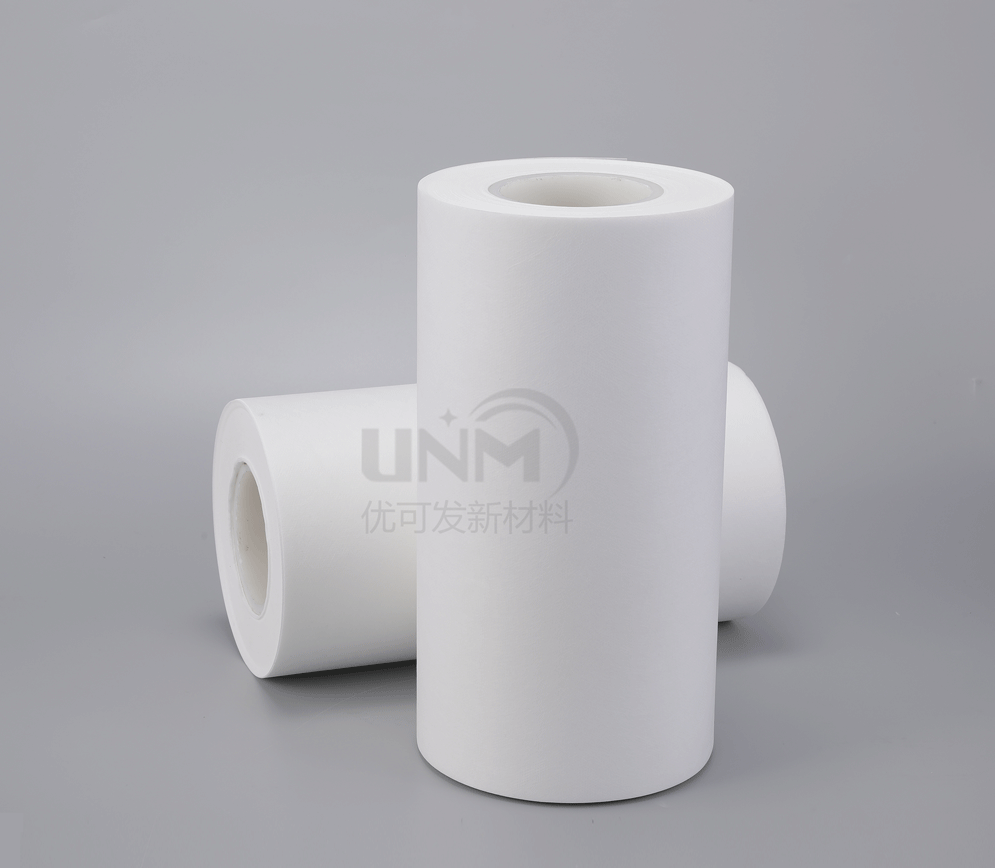With the growth of the economy, people’s demand for non-woven fabrics continues to increase. my country’s non-woven fabrics Production has also developed rapidly, among which high-efficiency and low-resistance spunbond non-woven fabrics are one of them.

The most commonly used organic solid electret materials include solid oils, rosins, and animal, vegetable, petroleum-based waxes, and synthetic waxes. Polymer electret materials mainly include fluororesins such as polytetrafluoroethylene (PTFE), polyperfluoroethylene-propylene (FEP), polyvinylidene fluoride (PVDF), ethylene-tetrafluoroethylene copolymer (ETFE), ethylene-trifluoroethylene Fluoroethylene copolymer (ECTFE); polyolefins such as polyethylene (PE), polypropylene (PP) and ethylene-propylene copolymer (EP copolymer); polyesters including polyester (PET), polylactic acid (degradable, PLA) etc.
High-efficiency and low-resistance spunbond non-woven fabrics are made by extruding and stretching polymers to form continuous filaments. Bonding or mechanical reinforcement method to turn the fiber web into a non-woven fabric. It has good high temperature resistance, good low temperature resistance (polypropylene can be used in an environment of 150℃ for a long time, polyester can be used in an environment of 260℃ for a long time), aging resistance, UV resistance, high elongation, good stability and breathability, and Corrosion-proof, sound-insulating, moth-proof and non-toxic.
It is a manufacturer of high-efficiency and low-resistance spunbond non-woven fabrics that integrates production, sales and customization. The company has advanced PTFE film production lines and composite production lines. The company’s products are widely used in various fields. With strong technical force and strict management system, the company ensures that everything focuses on the interests of users and provides users with high-tech, high-quality, high-performance, and high-level products. Interested parties can enter the store for consultation. </p






